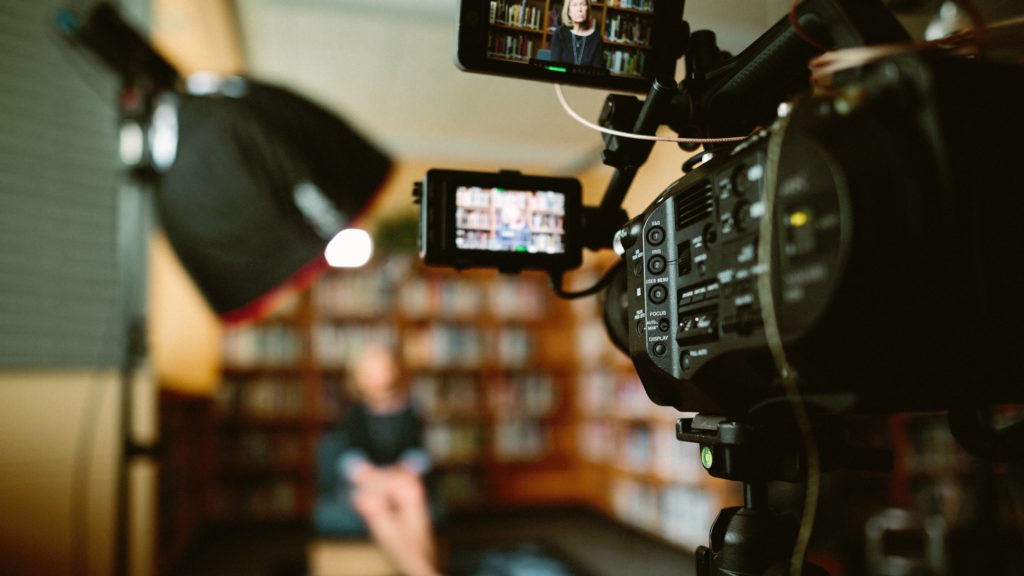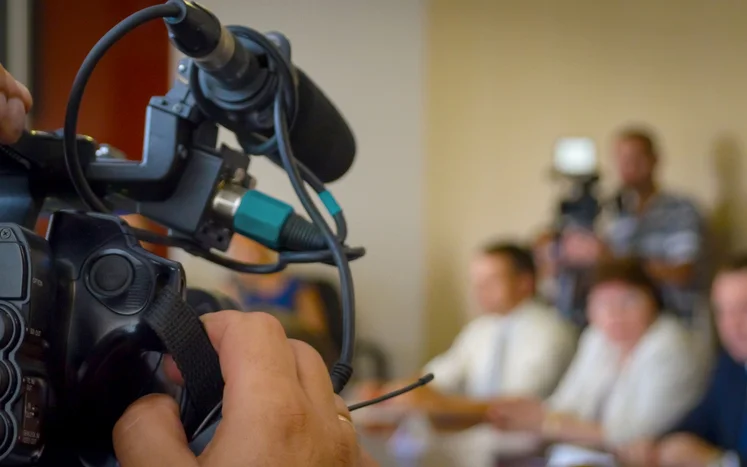Legal Videography: Changing the Means Proof is Recorded and Presented
Legal Videography: Changing the Means Proof is Recorded and Presented
Blog Article
Looking Into the Devices of Legal Videography: Introduction Its Operation in Shielding Genuine Visual Testament for Judicial Process
In the realm of judicial process, the duty of lawful videography stands as a keystone in maintaining and providing aesthetic proof. As technology continues to advance, the mechanisms behind legal videography have actually come to be increasingly intricate, using a vital layer of authenticity to testimonies recorded on video. By delving right into the functional complexities of lawful videography, one can reveal the precise processes that safeguard the honesty of visual evidence offered in court rooms - Legal Videography. This exploration not just clarifies the historic development of legal videography yet also means the future fads that may further change exactly how visual statements are promoted in the world of justice.
Historical Advancement of Legal Videography
Analyzing the historic progression of legal videography exposes a substantial transformation in the catching and presentation of visual evidence within the legal landscape. In the past, legal process greatly depended on written transcripts and photos to record occasions and offer evidence. With the development of video clip innovation, the lawful sector witnessed a standard shift in just how aesthetic testament was recorded and presented.
The evolution of lawful videography can be mapped back to the late 20th century when developments in video recording equipment made it more accessible for use in courtrooms. This technological innovation not only enhanced the precision and reliability of aesthetic proof yet additionally revolutionized the method situations existed to juries and courts (Legal Videography). Lawyers began to identify the influential power of video recordings in conveying emotions, nuances, and non-verbal cues that composed transcripts or photos alone can not record effectively

Innovation Advancements in Video Paperwork
What crucial technological developments have reinvented video documents in the lawful field? The legal field has seen significant advancements in video clip documentation innovation that have actually improved the authenticity and reliability of visual evidence in judicial process. Among the key developments is high-def (HD) video recording capabilities, which give crystal-clear photos and sharp information that are critical for properly catching statements, face expressions, and other aesthetic signs. Furthermore, the combination of timestamping and metadata features in video clip paperwork tools has actually allowed precise documents of when and where the video was tape-recorded, ensuring the honesty of the evidence offered in court.
In addition, advancements in video clip encryption and watermarking innovations have actually reinforced the safety and tamper-proof nature of video proof, guarding it against unauthorized changes or tampering. The development of cloud storage space solutions and remote gain access to abilities has streamlined the storage space, access, and sharing of video clip proof, facilitating seamless cooperation amongst lawful experts and making certain efficient access to vital aesthetic testaments when required. These technological advancements in video documentation have undoubtedly reinvented the legal field, improving the accuracy, integrity, and admissibility of aesthetic evidence in judicial proceedings.
Role of Legal Videographers in Courtroom Setups
The development of video documentation technology in the lawful field has actually demanded a critical role for legal videographers in courtroom setups, making sure the stability and integrity of aesthetic statements presented throughout judicial proceedings. Legal videographers play a fundamental duty in capturing and maintaining precise aesthetic evidence that can be critical in lawsuit. Their duty includes establishing up devices, tape-recording process, and creating top quality videos that properly reflect the occasions in the court.
In addition, lawful videographers commonly function very closely with lawful teams to ensure that the video clip proof straightens with the case's needs and can be properly presented in court to support the legal disagreements being made. On the whole, the role of lawful videographers in courtroom settings is important in promoting the principles of justice and making sure the openness of lawful procedures. Legal Videography.

Ensuring Admissibility and Stability of Video Clip Proof
To maintain the integrity of visual evidence offered in legal process, ensuring the admissibility and stability of video clip proof is a vital duty for legal videographers. Admissibility describes the approval of proof by the court, and for video clip evidence to be acceptable, it wikipedia reference must meet specific standards. Lawful videographers play an important duty in making certain that the videos they capture conform with the rules of evidence, such as integrity, credibility, and relevance.
Integrity of video evidence involves keeping the creativity and precision of the video from the moment it is videotaped go now until it is provided in court. This consists of safely saving the video clip documents, recording the chain of wardship, and protecting against any kind of tampering or alterations. Lawful videographers have to stick to rigorous procedures to assure the stability of the video evidence and prevent any difficulties to its authenticity.
Future Trends in Legal Videography
Provided the raising dependence on modern technology in lawful procedures, legal videographers are positioned to accept cutting-edge advancements forming the future of visual testament capture and discussion. Among the famous patterns imminent is the assimilation of online reality (VIRTUAL REALITY) and boosted truth (AR) innovations into legal videography. These modern technologies have the prospective to transform exactly how visual proof is provided in courtrooms, enabling courts and judges to submerse themselves in the scene of the criminal activity or occurrence.
Additionally, using synthetic intelligence (AI) formulas for video evaluation is expected to streamline the procedure of reviewing and assessing big quantities of video footage. AI can aid in determining essential minutes, anomalies, and patterns within video clips, enhancing the efficiency of lawful investigations.

Verdict
Finally, lawful videography has played an important role in giving authentic aesthetic evidence for judicial process. Through technical improvements and the knowledge of legal videographers, the stability and admissibility of video clip evidence are made certain in courtroom settings. As legal videography proceeds to evolve, it will be vital to maintain requirements that keep the accuracy and dependability of aesthetic testimony for the future of legal proceedings.
Checking out the historical development of lawful videography reveals a substantial makeover in the capturing and discussion of aesthetic evidence within the lawful landscape.The advancement of video paperwork modern technology in the lawful field has actually demanded an important duty for lawful click here to find out more videographers in court room settings, making sure the honesty and reliability of visual statements presented during judicial procedures. In addition, legal videographers typically function closely with legal teams to make sure that the video clip proof straightens with the case's requirements and can be efficiently provided in court to support the legal disagreements being made.To preserve the credibility of visual evidence provided in legal procedures, ensuring the admissibility and integrity of video clip evidence is an essential responsibility for lawful videographers. As lawful videography proceeds to evolve, it will be important to support requirements that maintain the precision and reliability of aesthetic testament for the future of lawful procedures.
Report this page